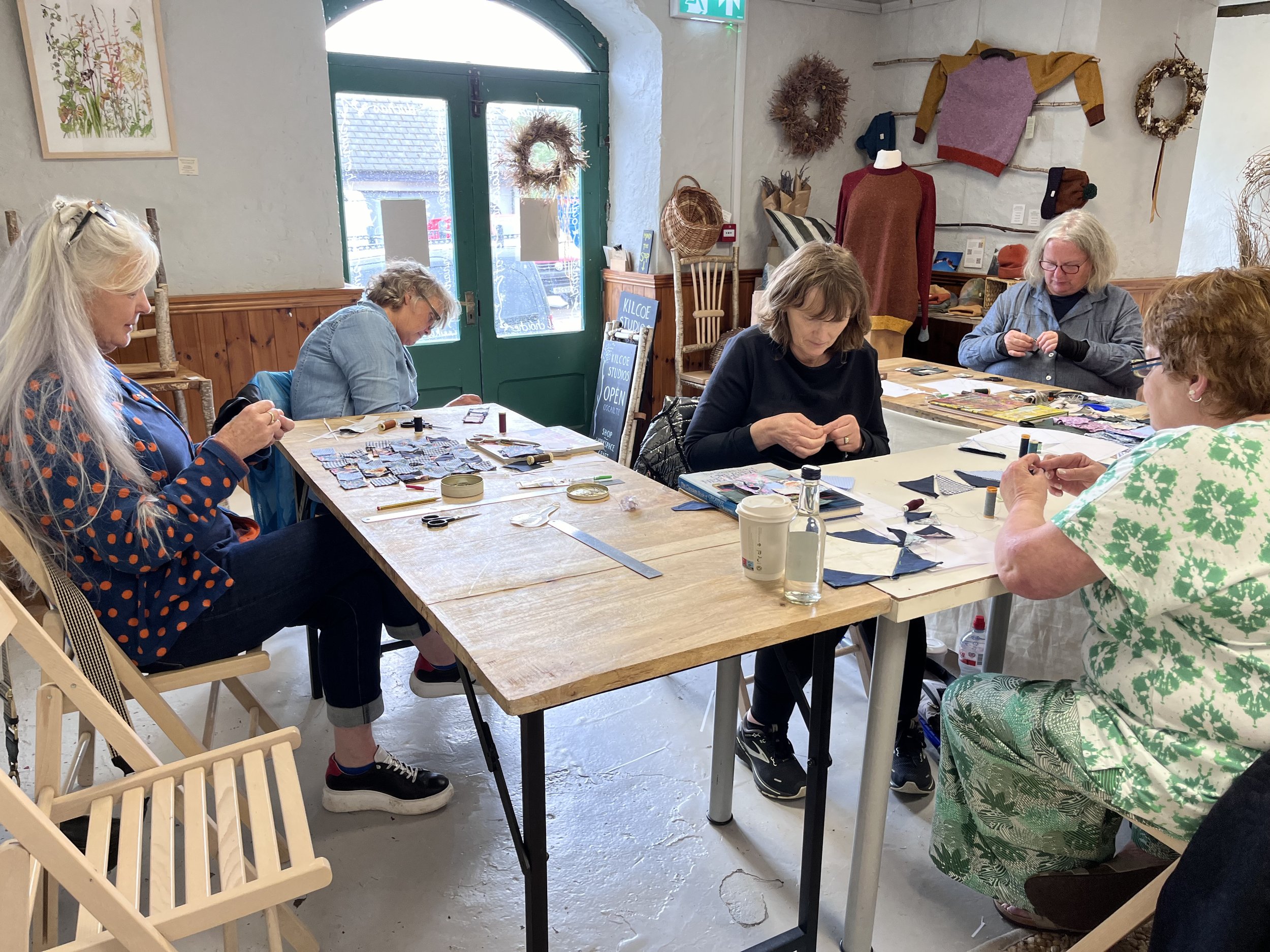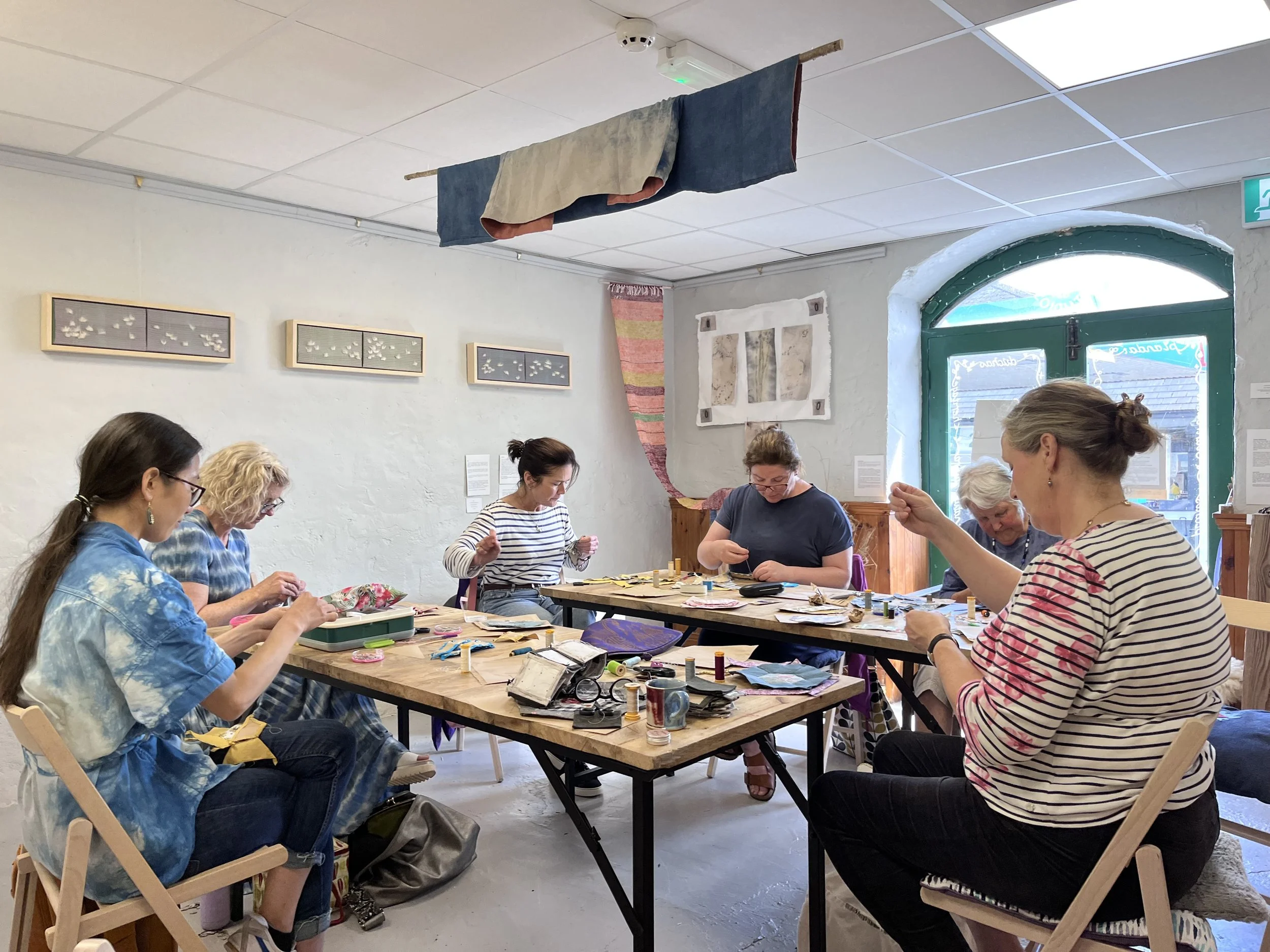The Rana Plaza tragedy in Dhaka, Bangladesh, delivered a harsh wake up call to the world and realised the fears of others who were aware that the unsafe working conditions in many garment factories in developing countries was an accident waiting to happen. On Wednesday 24th April 2013, the eight storey Rana Plaza building collapsed with approximately 4000 workers inside; 1,138 were killed and a further 2,500 were injured, many have been left with permanent physical disabilities.
As the factory workers arrived for work that morning, they were reluctant to enter the building having seen internal cracks appearing in the building on previous days. Their supervisors came out to talk to them as ordered by the management and coerced them to return to work with threats of losing a months pay or being sacked. Shortly after beginning work, the power failed and the diesel generators kicked in. The building collapsed at 8.57am.
The day before, inspectors had been called in to assess the cracks and the entire building was evacuated. A bank and shopping mall on the ground and first floors remained closed, however the owner of Rana Plaza, Sohel Rana, told the media that the building was safe and that workers should return to work the next day. The upper six stories housed 5 different garment factories supplying 29 brands including Monsoon, Benetton, Primark, Bonmarche, Mango and Walmart. Sohel Rana would make financial losses if the factories were shut.
The Rana Plaza building had originally been intended as a commercial building for shops and offices, not industry and was not designed for the weight and vibration of machinery. In addition, two more floors had been illegally added to what was designed as a six storey building – without planning consent and not meeting building regulations and a further floor was under construction at the time of the collapse. The next day, 18 garment factories, including 16 in Dhaka, were closed down in Bangladesh. The government Textile Minister, Abdul Latif Siddique, told reporters that more plants would be shut as part of strict new measures to ensure safety.
Following the disaster, global pressure instigated the setting up of a compensation fund for the victims and victims' families called the Rana Plaza Arrangement. The brands which were having garments produced at Rana Plaza, or had done so recently, were requested to contribute to the trust fund, although it took two years of active campaigning for all the companies to agree to pay an appropriate amount. Financial hardship was endured by the injured who struggled to pay medical costs, often discharging themselves from hospital early, because they couldn't afford to stay and complete their treatment. Obviously, no amount of compensation can ever make up for the loss of a family member, or for the physical, emotional and psychological impact on the survivors.
A Dhaka court is currently considering murder charges against the Rana Plaza owner Sohel Rana and 41 others, including his parents, for violating building code in constructing the eight-storey building that resulted in the death of over 1,140 people, mostly garment workers. Five other accused are on the run.
'Full Story of the Rana Plaza Factory Disaster' viewable on YouTube with reporter Yalda Hakim for BBC 'Our World'.
The Rana Plaza collapse has led to widespread discussions about corporate social responsibility across global supply chains, meaning that companies need to audit products and suppliers and that supplier auditing needs to go beyond direct relationships with first-tier suppliers. Walmart had removed production from one factory where standards were violated, only to have the new factory subcontract the order back to the factory being penalised. It seems it isn't sufficient for brands to arrange inspections or set requirements remotely if they cannot be certain that they will be implemented. Whilst corruption and exploitation may be the causes of some breaches in standards in factories in developing countries, being squeezed on costs and deadlines is a major factor for workers not being paid a living wage and working in unsafe conditions.
Which leaves the issue of consumer responsibility. Kate Fletcher, author of 'Sustainable Fashion and Textiles; Design Journeys', believes that if customers understood the supply chain of production, they would care more about their garments and that knowledge is important for enabling people to take responsibility. She states that 'The extreme cheapness of most garments pushes standards down' and that those who are most resistant to change are perhaps those who stand to lose the most from sustainability values. In the end, she suggest that 'Most change comes from personal values'.










